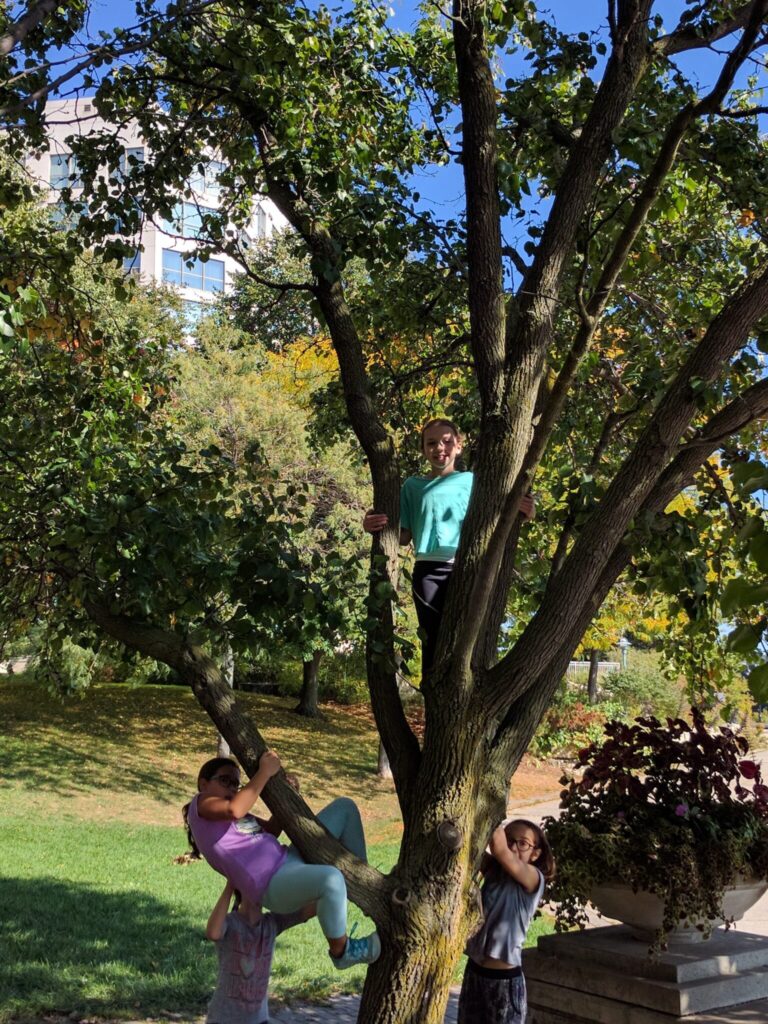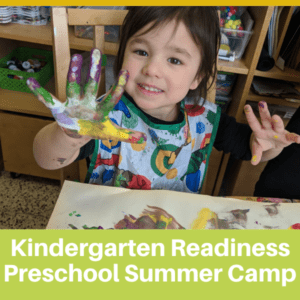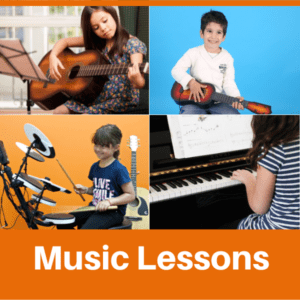 We live in a changing world, where it is becoming ever-important to take steps towards conserving the Earth’s resources for generations to come. At our school, environmental awareness has always been a priority for both staff and students alike. Through participation in global events such as Earth Hour and Earth Day, we raise the awareness of students and create lasting habits of eco-friendliness.
We live in a changing world, where it is becoming ever-important to take steps towards conserving the Earth’s resources for generations to come. At our school, environmental awareness has always been a priority for both staff and students alike. Through participation in global events such as Earth Hour and Earth Day, we raise the awareness of students and create lasting habits of eco-friendliness.
While three R’s have clearly become part of our collective vocabulary, the one that is most effectively managed in schools is recycling. But establishing guidelines for recycling, compost and garbage is only the first step to ensuring that everything is properly disposed of. Recycling and composting have to be a matter of habit for the students and staff. Turning good recycling theory into practice takes time and a lot of effort, but can be fun. Engaging students in games and challenges to see who can produce the least amount of actual garbage is a good way to build awareness around the school and teach students to “Reduce” packaging and to “Reuse” containers.
More Awareness of ‘Reducing’ and ‘Reusing’
Technology is a given part of our students’ worlds since they were born. In itself, technology can be a solution to problems of waste in schools, as digitizing records, documents and communication save paper. However, as technology constantly develops and changes, we are then left with another problem, that of electronic waste which needs to be disposed of at a proper facility.
Students are increasingly more aware of the “Reduce” and “Reuse” aspects of environmental change. Consumerism and over-consumption are high in this era of easily replaceable electronics and dollar-store purchases. Recycling is far better than creating garbage, but it still consumes energy and produces waste. Reducing the amount of “stuff” that we purchase, along with using reusing as much as we can, minimizes what we need to dispose of, whether recycled or “trashed.” In reality, reducing our usage and reusing items is a “greener” way to effect change and to conserve our resources and should be the focus of continued efforts toward environmental awareness in schools.
Helping Students Live Out the R’s
Students learn best when behaviours are modelled. Here are some simple solutions our school found that have helped the students to Reduce, Reuse and Recycle:
REDUCE
- Use email and electronics newsletters to maintain effective home-school communication.
- Establish a garbage-free lunch policy to reduce waste; parents can support this by purchasing in bulk and using reusable containers.
- Use reusable fabric food-safe pouches instead of plastic zipper baggies.
- Reduce your carbon footprint by shopping locally and planting a small vegetable or herb garden for frequently used items at home; schools can also plant cooperative gardens to teach students about growing their own food.
- Reduce textbooks by purchasing online licences or using websites for research.
- Use mini-whiteboards instead of paper for various activities.
- Combine two pages onto each side of a sheet when photocopying or printing (which may seem small at first, but young eyes adapt to this quickly).
- Use rechargeable batteries where possible in the home for toys and games to reduce toxic electronic waste.
- Continue to encourage students to turn off the water when they are not using it and to turn off the lights when they leave a room – these habits are formed at early ages.
REUSE
- Collect used paper (one-sided) in the classroom and from home for later usage.
- Parents can donate old letterhead from their offices to use for school photocopying and drawing paper.
- Photocopy and print on reused paper (single-sided).
- Encourage students to use reusable containers for snacks.
- Use travel mugs for hot drinks and reusable bottles for water and juice.
- Collect items that can be reused for art activities around the school (e.g. toilet paper rolls, margarine containers, glass jars, etc.).
- Use reusable mesh bags for loose produce when buying in the grocery store.
RECYCLE
- Turn recycling into a fun activity for staff and students; create challenges for classes to properly sort their recycling and compost.
- Educate students on the local guidelines for recycling to ensure that only recyclable materials are placed into recycle bins, which reduces energy spent sorting material at a later time.
- Designate an area of the school for collecting electronic waste and batteries from families and partner with a recycling company who will pick it up on a regular basis.
- Encourage families to designate a location at home where “used up” batteries can be collected before being taken to a drop-off location (e.g. used food container or jar, labelled and kept beside the recycling bins in the home).
< Modified from the original article co-written by Kelly Farrell and published on Our Kids Blog on 18/04/2011. >
For more educational posts visit our Educational Posts Page
To keep up with new blog posts you can follow us on Facebook or Instagram
Get updates on new classes, hosted events, and more.










